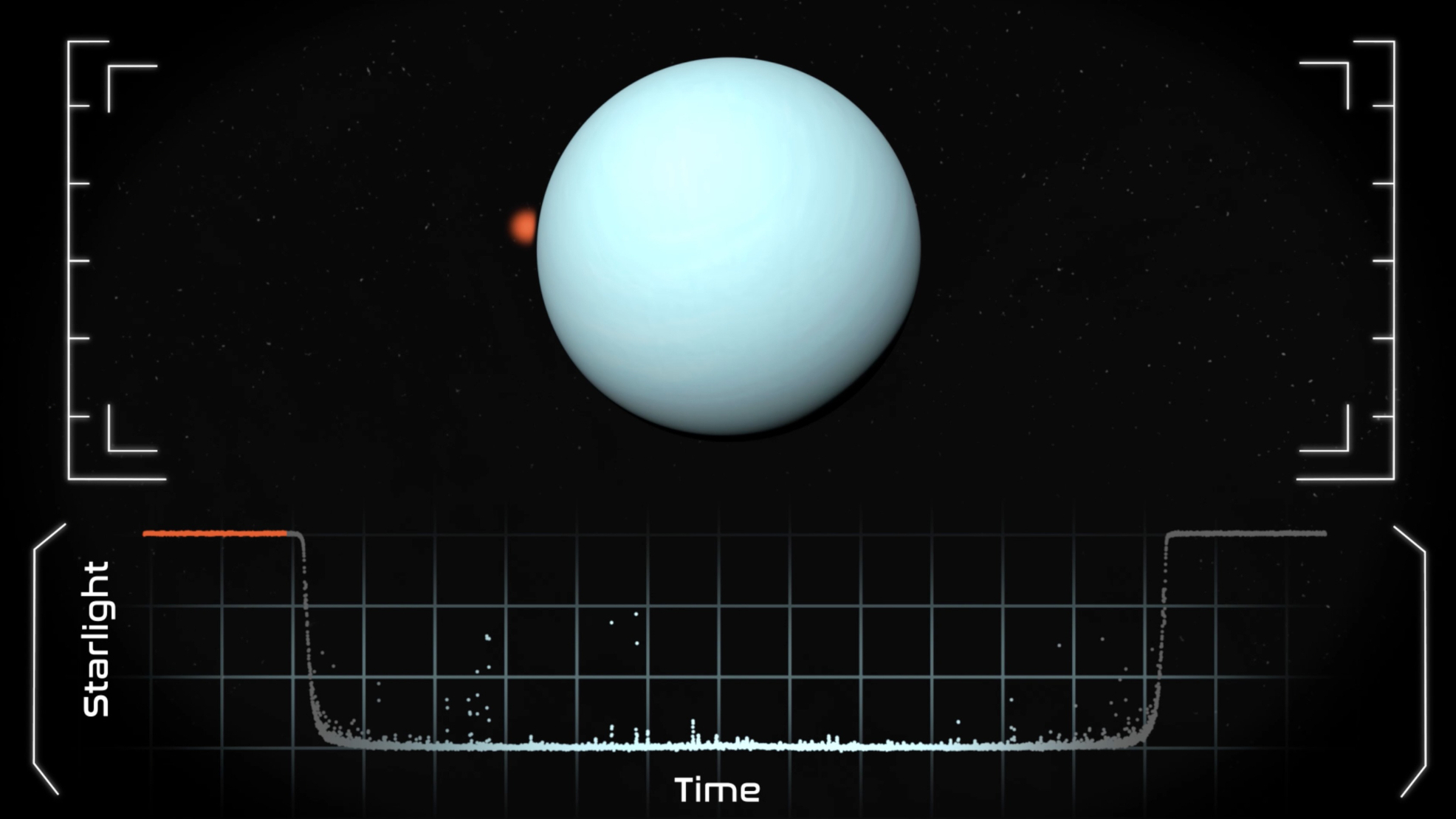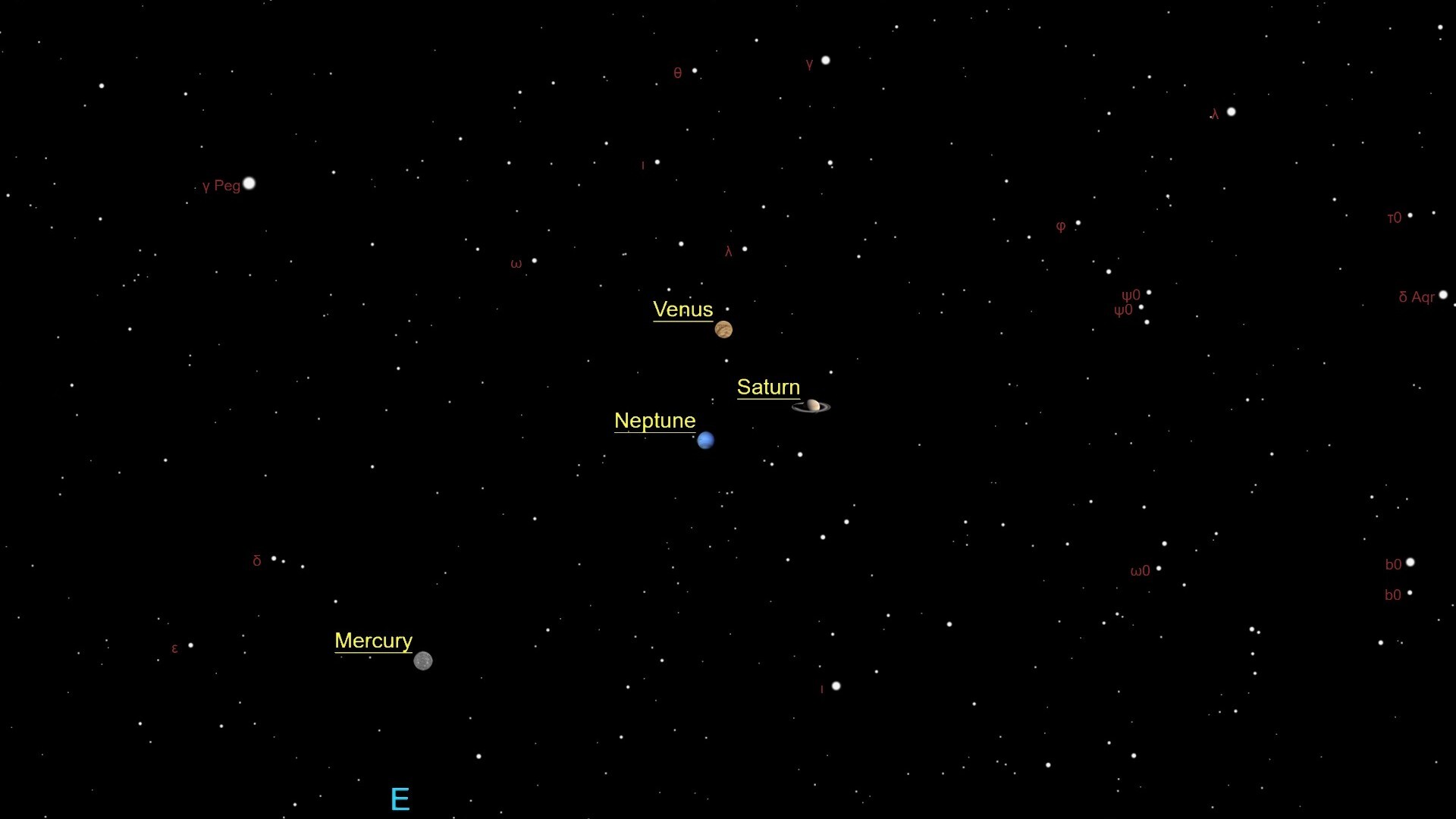Asteroid the size of 3 million elephants zooms past Earth
Astronomers previously thought that this rock might smack into our planet in 2028.
Earth got a relatively close shave this morning (Dec. 4), as a sizable space rock zipped by just 1.4 million miles (2.2 million kilometers) away.
The asteroid, called 2020 XR, made its closest approach today at approximately 12:26 a.m. EST (0526 GMT), passing just under six times the distance between Earth and the moon. The flyby came on the fourth anniversary of 2020 XR's discovery,.
Asteroid 2020 XR is somewhere between 1,000 and 2,300 feet (300 and 700 meters) wide, according to the European Space Agency (ESA). At roughly the size of a large stadium — or several million elephants, according to ChatGPT — 2020 XR is more than capable of destroying one of our Earth cities, should the asteroid ever happen to tragically intersect with one. And, for a little while after the asteroid's 2020 discovery, astronomers feared the space rock had a chance of doing just that.

The near-Earth object (NEO) was discovered using the Pan-STARRS 2 observatory in Hawaii four years ago. The asteroid's apparent orbit at the time indicated the possibility of an impact with Earth in 2028.
However, reexamination of past observation data revealed previously undetected images of 2020 XR, allowing astronomers to more accurately calculate the asteroid's trajectory and ultimately conclude a zero-percent chance of impact with Earth until at least the year 2120.
Related: What are asteroids?
NASA classifies any asteroids or comets in orbits within a similar distance from the sun as Earth as NEOs, and those larger than 460 feet (140 m) that also fly closer than 4.6 million miles (7.5 million km) of Earth are deemed potentially hazardous. As of December 2024, NASA's Jet Propulsion Laboratory is tracking more than 2,400 potentially hazardous asteroids (PHAs), including 2020 XR.
Get the Space.com Newsletter
Breaking space news, the latest updates on rocket launches, skywatching events and more!
The next close pass by asteroid 2020 XR will occur in November 2028, albeit at a more comfortable distance than this year's flyby. Four years from now, 2020 XR will come within about 11.3 million miles (18.2 million km) of Earth — far more distant, thankfully, than astronomers' first 2028 predictions for the space rock.
Join our Space Forums to keep talking space on the latest missions, night sky and more! And if you have a news tip, correction or comment, let us know at: community@space.com.

Josh Dinner is the Staff Writer for Spaceflight at Space.com. He is a writer and photographer with a passion for science and space exploration, and has been working the space beat since 2016. Josh has covered the evolution of NASA's commercial spaceflight partnerships and crewed missions from the Space Coast, as well as NASA science missions and more. He also enjoys building 1:144-scale model rockets and human-flown spacecraft. Find some of Josh's launch photography on Instagram and his website, and follow him on X, where he mostly posts in haiku.
-
Ryan F. Mercer Even if you include both African and Indian elephants, there are fewer than half a million on Earth. There is no such thing as 3 million elephants.Reply -
uniquebob I need to know how big that is in Olympic swimming pools, football fields, and human hair.Reply -
Classical Motion Elegrams and elemeters, Latin system. It's universal. It couldn't be more classical. It's comes from a Roman unit. The elerruptus.Reply









